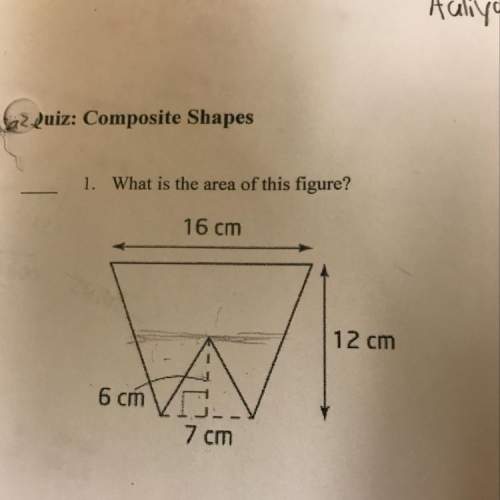
Mathematics, 11.11.2020 21:20 SebasTiu
Part B
Now consider the product of a nonzero rational number and an irrational number. Again, assume x = , where a and b are integers and b ≠ 0. This time let y be an irrational number. If we assume the product x · y is rational, we can set the product equal to , where m and n are integers and n ≠ 0. The steps for solving this equation for y are shown.
Based on what we established about the classification of y and using the closure of integers, what does the equation tell you about the type of number y must be for the product to be rational? What conclusion can you now make about the result of multiplying a rational and an irrational number?

Answers: 3


Other questions on the subject: Mathematics



Mathematics, 21.06.2019 23:00, benwill0702
The sum of 5consecutive even numbers is 100. what is the first number in this sequence?
Answers: 1
You know the right answer?
Part B
Now consider the product of a nonzero rational number and an irrational number. Again, assum...
Questions in other subjects:


History, 20.07.2019 20:00






Physics, 20.07.2019 20:00





